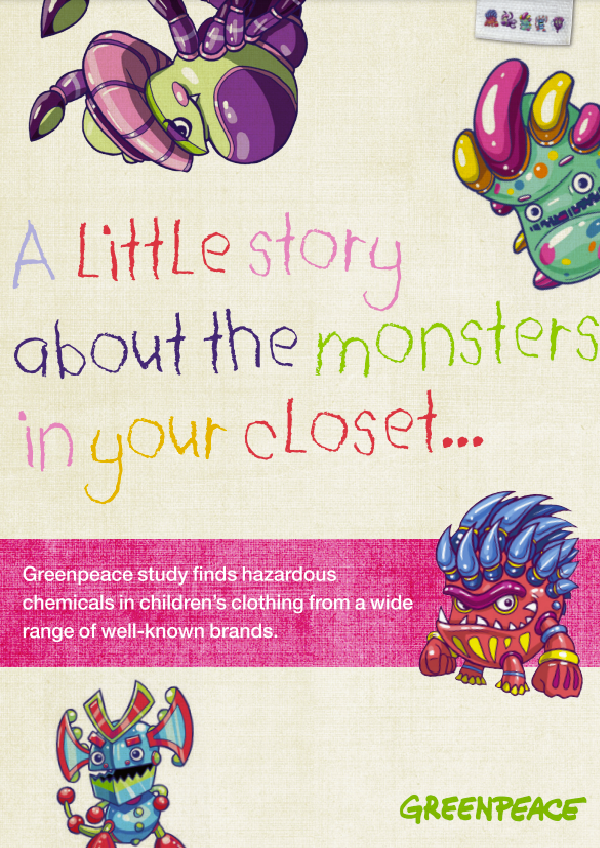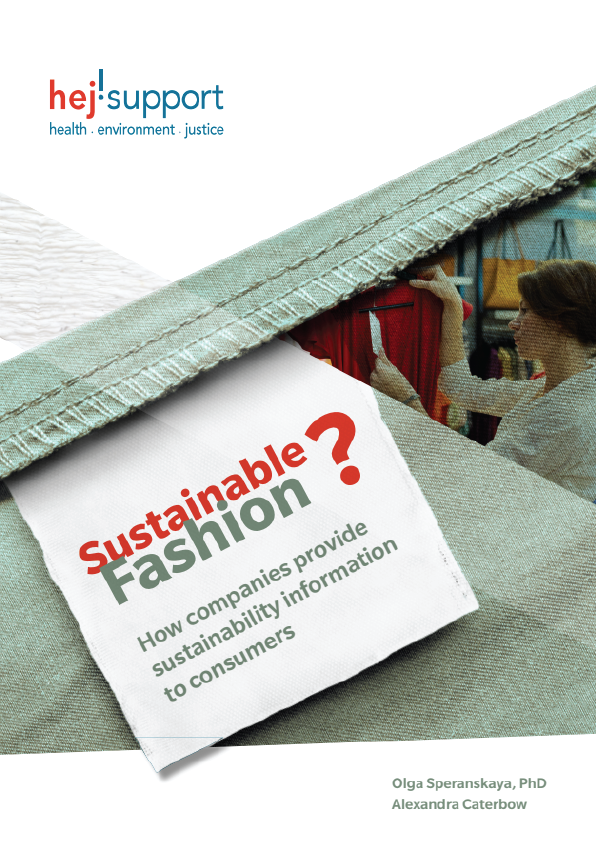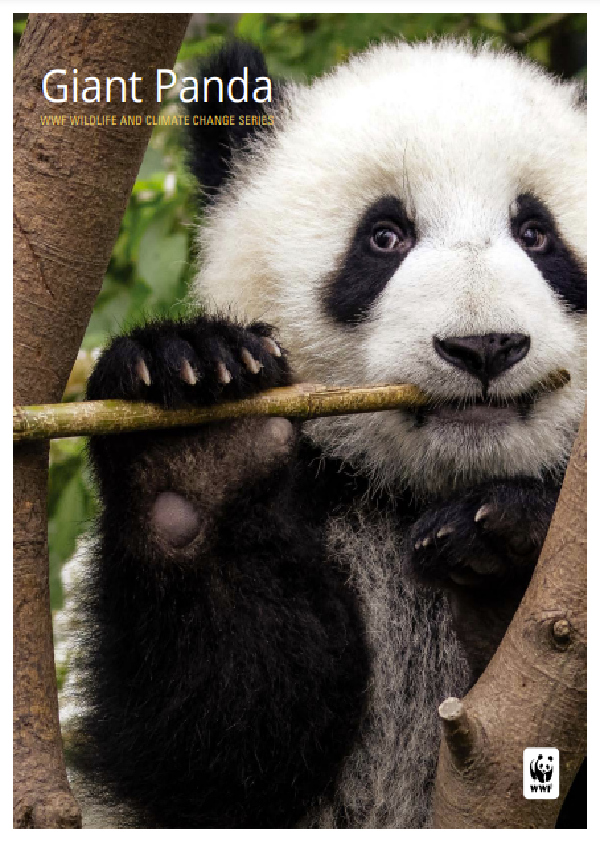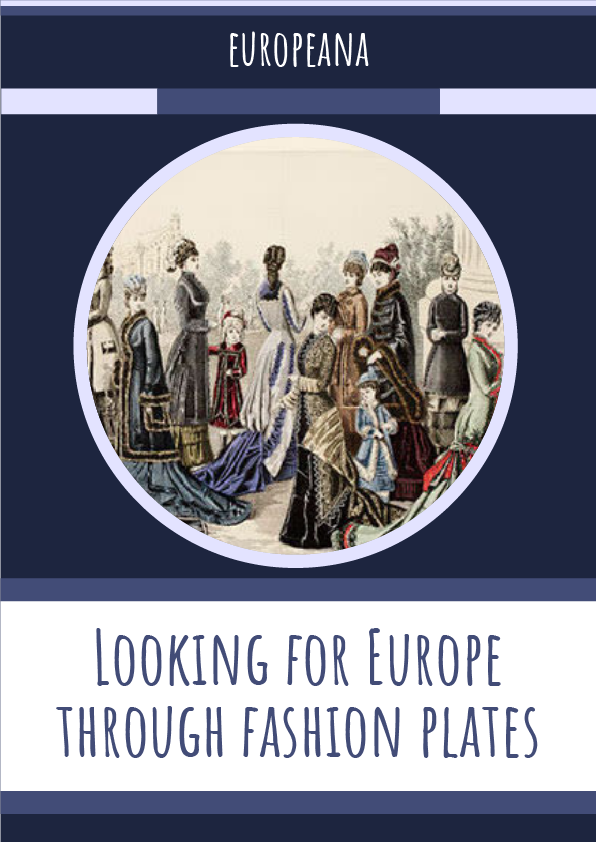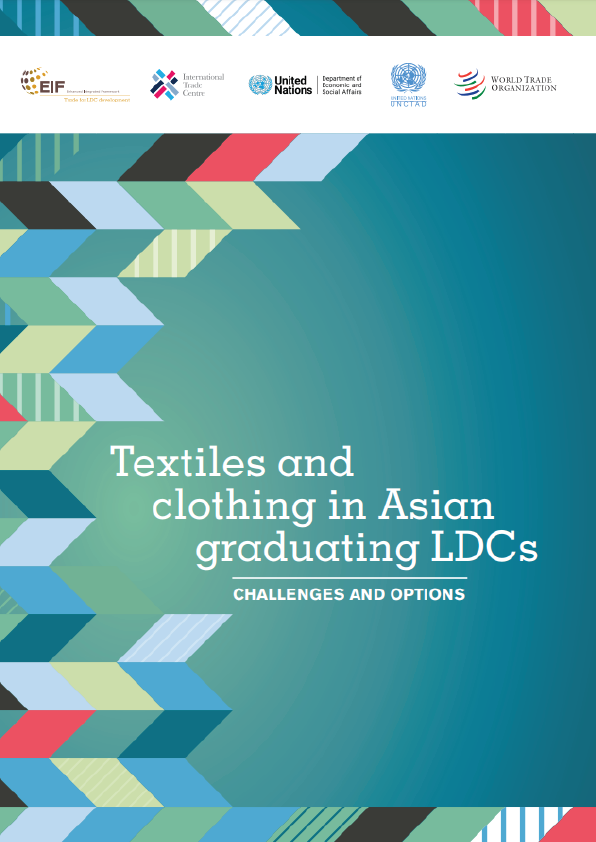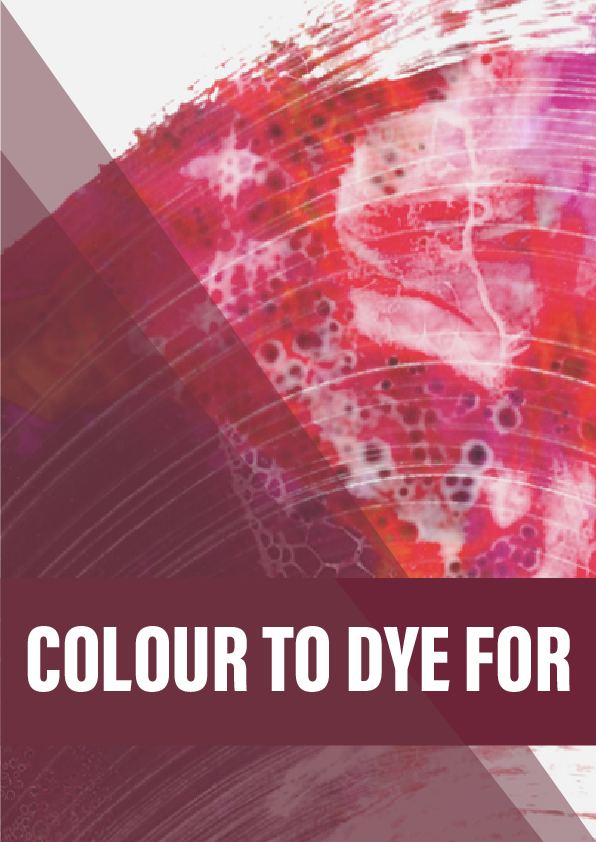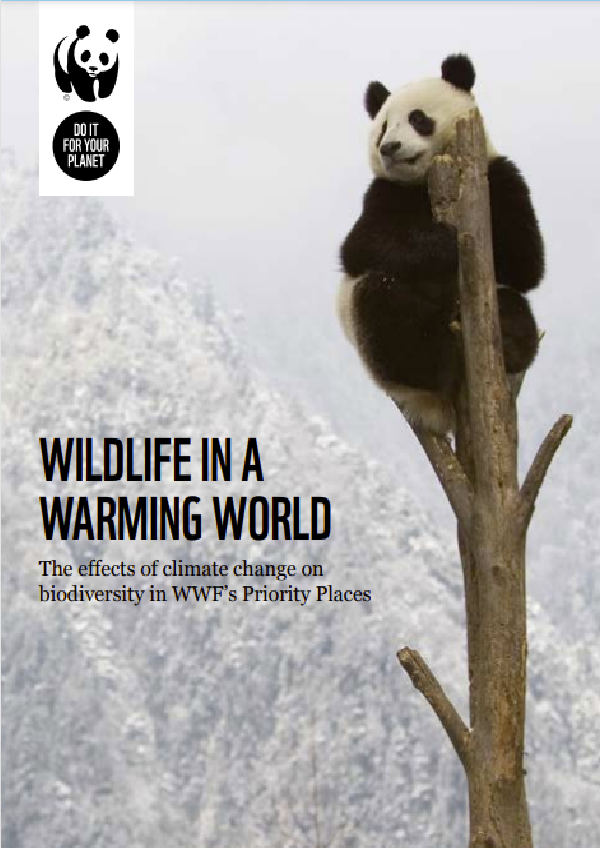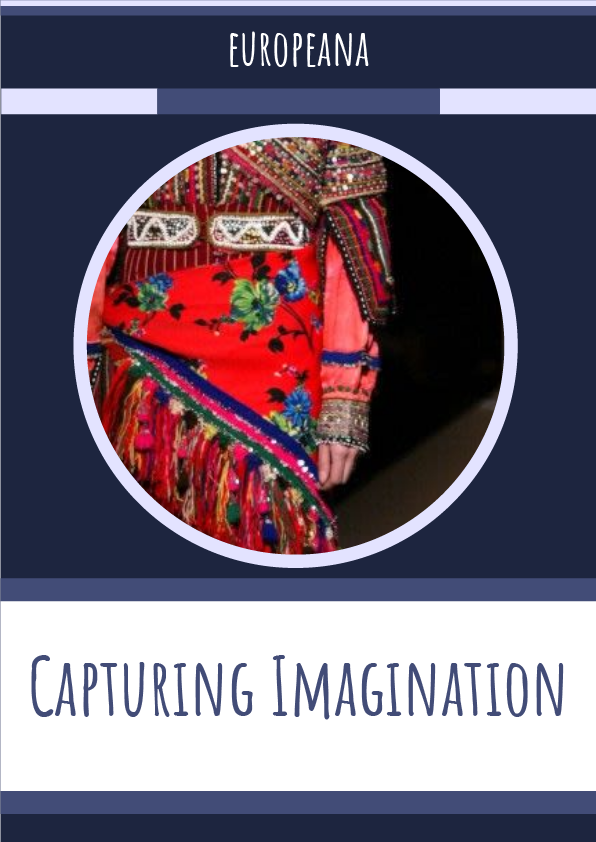A new investigation by Greenpeace* has found a broad range of hazardous chemicals in children’s clothing and footwear across a number of major clothing brands, including fast fashion, sportswear and luxury brands.
The study follows on from several previous investigations published by Greenpeace as part of its Detox campaign, which identified that hazardous chemicals are present in textile and leather products as a result of their use during manufacture. It confirms that the use of hazardous chemicals is still widespread – even during the manufacture of clothes for children and infants.
A total of 82 children’s textile products were purchased in May and June 2013 in 25 countries/regions worldwide from flagship stores, or from other authorised retailers. They were manufactured in at least twelve different countries/regions. The brands included fast fashion brands, such as American Apparel, C&A, Disney, GAP, H&M, Primark, and Uniqlo; sportswear brands, such as adidas, LiNing, Nike, and Puma; and the luxury brand Burberry.
The products were sent to the Greenpeace Research Laboratories at the University of Exeter in the UK, from where they were dispatched to independent accredited laboratories. All products were investigated for the presence of nonylphenol ethoxylates (NPEs); certain products were also analysed for phthalates, organotins, per/poly-fluorinated chemicals (PFCs), or antimony, where the analysis was relevant for the type of product. The analysis for antimony was carried out at the Greenpeace Research Laboratories.
All the hazardous chemicals mentioned above were detected in various products, above the technical limits of detection used in this study. Despite the fact that all the products purchased were for children and infants, there was no significant difference between the range and levels of hazardous chemicals found in this study compared to previous studies analysing those chemicals.
Governments: a political commitment to zero discharge is vital
Detox Leaders have taken up the challenge, but the current nature of the textiles industry, which outsources much of its production, means that the continued use of hazardous chemicals by companies that ignore the need for Detox can undermine these efforts. Therefore, regulation to implement this change across the whole sector is vital. To be effective, this needs to be defined to the strictest testing standards possible, so that the truth of where and how hazardous chemicals are turning up in our clothing and in the effluent of manufacturers is fully revealed.
Many of the chemicals within the 11 groups of hazardous chemicals identified are already regulated in some places, in one form or another, including certain APEOs, PFCs103, organo tins, carcinogenic amines and phthalates. However, the fact that these hazardous chemicals appear to be so widely present in clothing products, as well as found in examples of effluent from the manufacturing supply chain, means that there can be only one conclusion: existing regulations are failing to protect human health and the environment.
Some shortcomings in the current regulatory approach are:
- The use of NPEs/NPs in textile manufacturing within Europe has been effectively banned for many years, in order to protect surface waters, yet there are no restrictions on the import of clothes containing these chemicals, which are released into public wastewater systems on a wide scale as a result of laundering104.
- Regulations are not consistent across different product groups. For example, the EU has restrictions on phthalates in children’s toys, but not children’s clothes.
- In general, the permitted levels of hazardous chemicals for use in manufacturing and in the finished product, set both by regulators and by voluntary industry labels are far too high, and allow their continued use in manufacturing. Therefore these ‘permitted’ chemical residues in clothing products, distributed across the globe via the numerous products that are traded, add up to significant quantities of hazardous and persistent chemicals which can lead to their continued build-up in the environment.
- Restrictions on the use of hazardous chemicals in manufacturing, such as NPEs/NPs in Europe (above) are not yet in place in the countries where the majority of manufacturing takes place, such as China, Bangladesh, Indonesia, Thailand, Turkey, and Mexico.
Source: Greenpeace (http://www.greenpeace.org)
